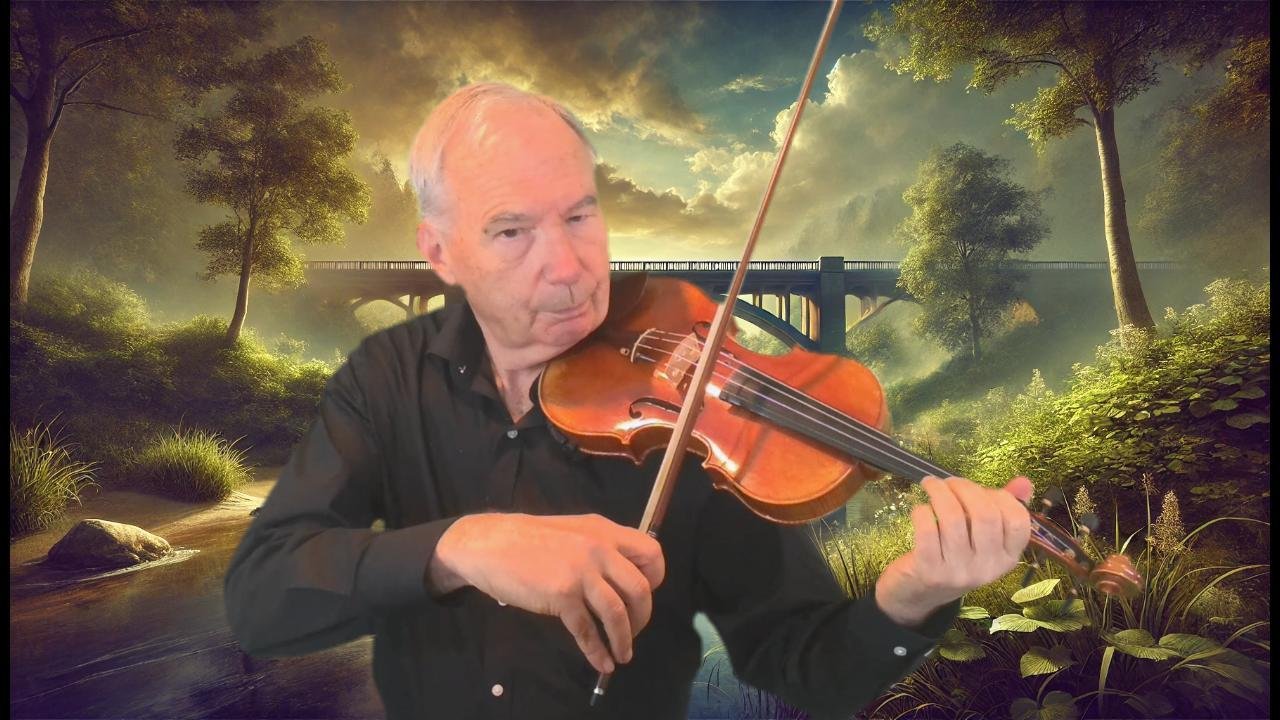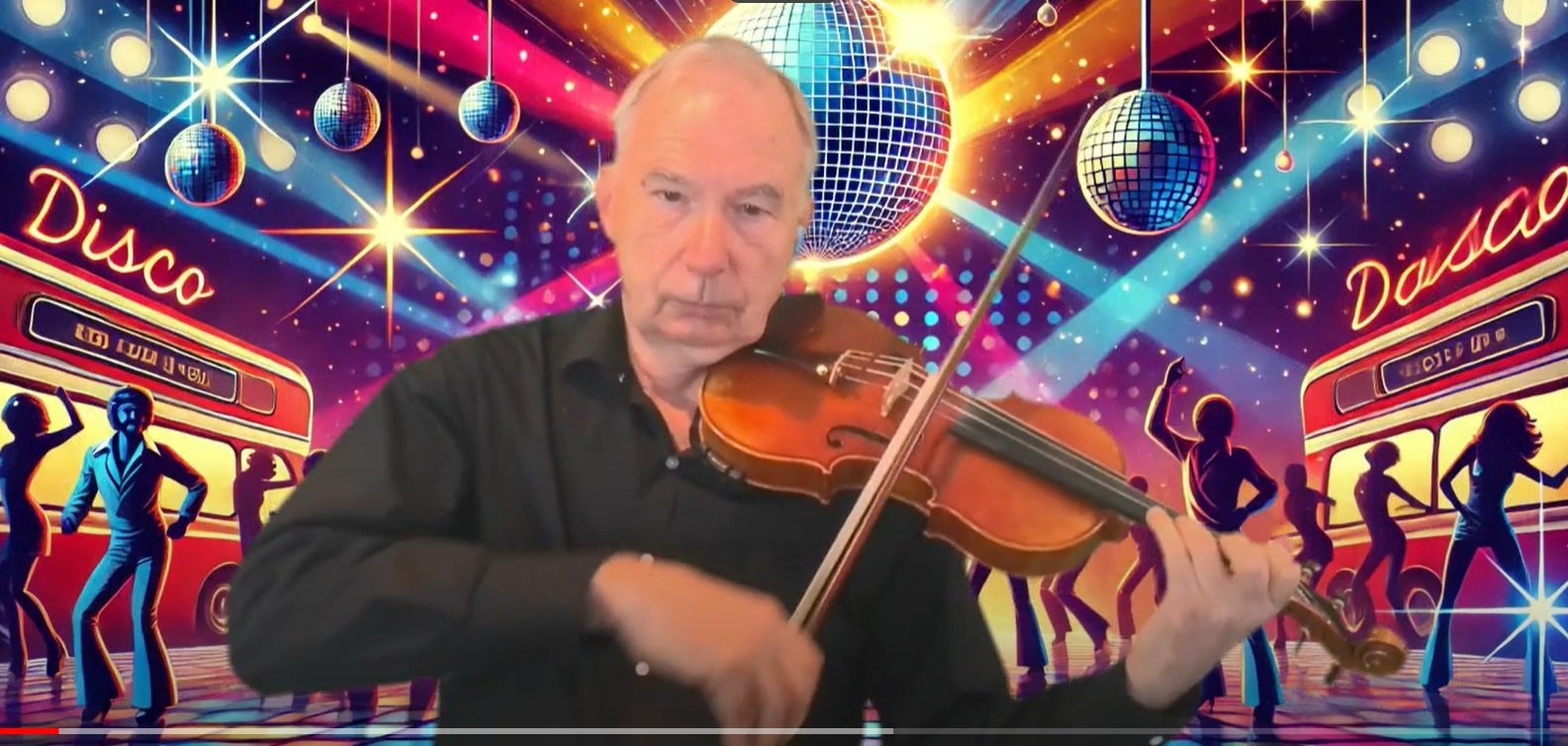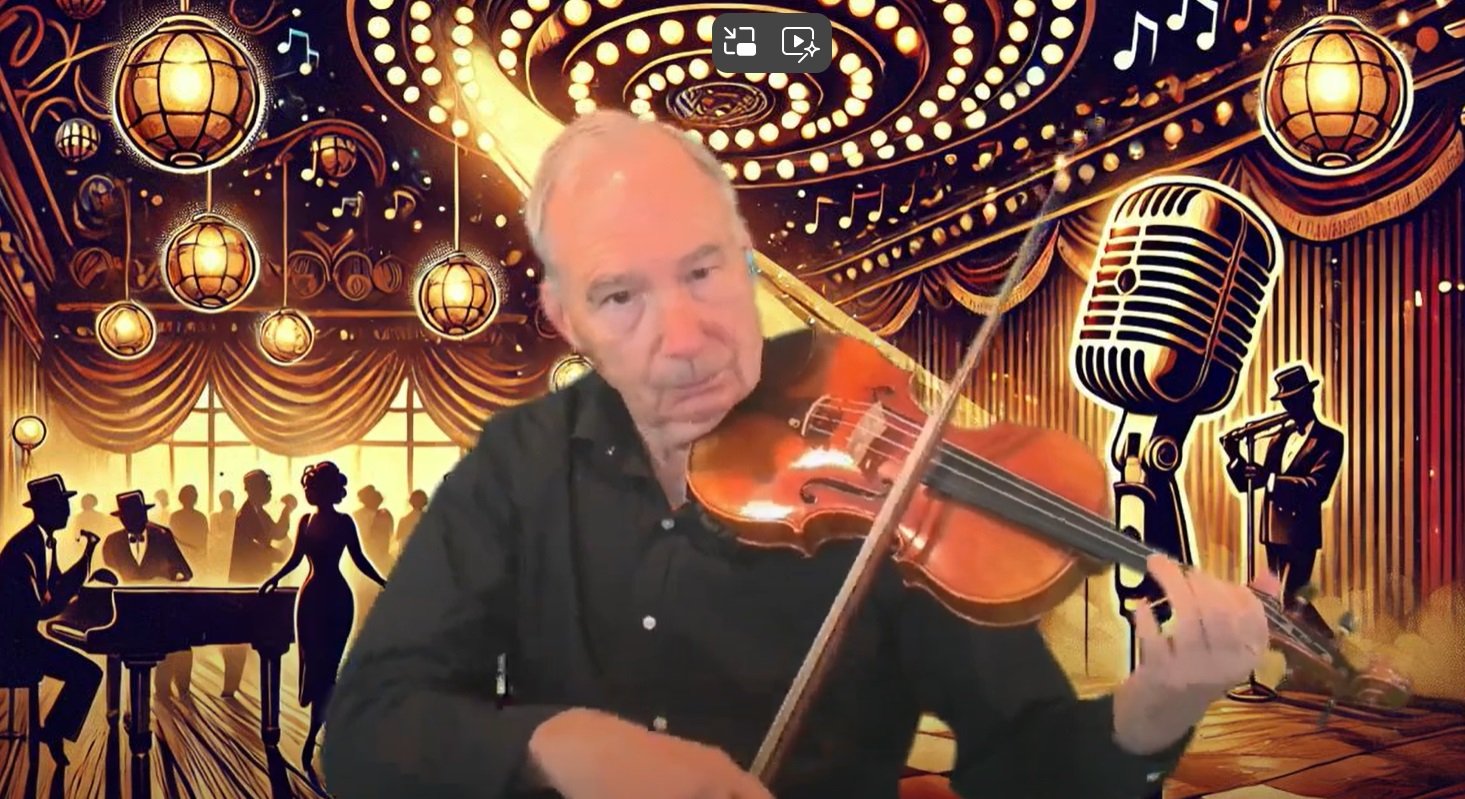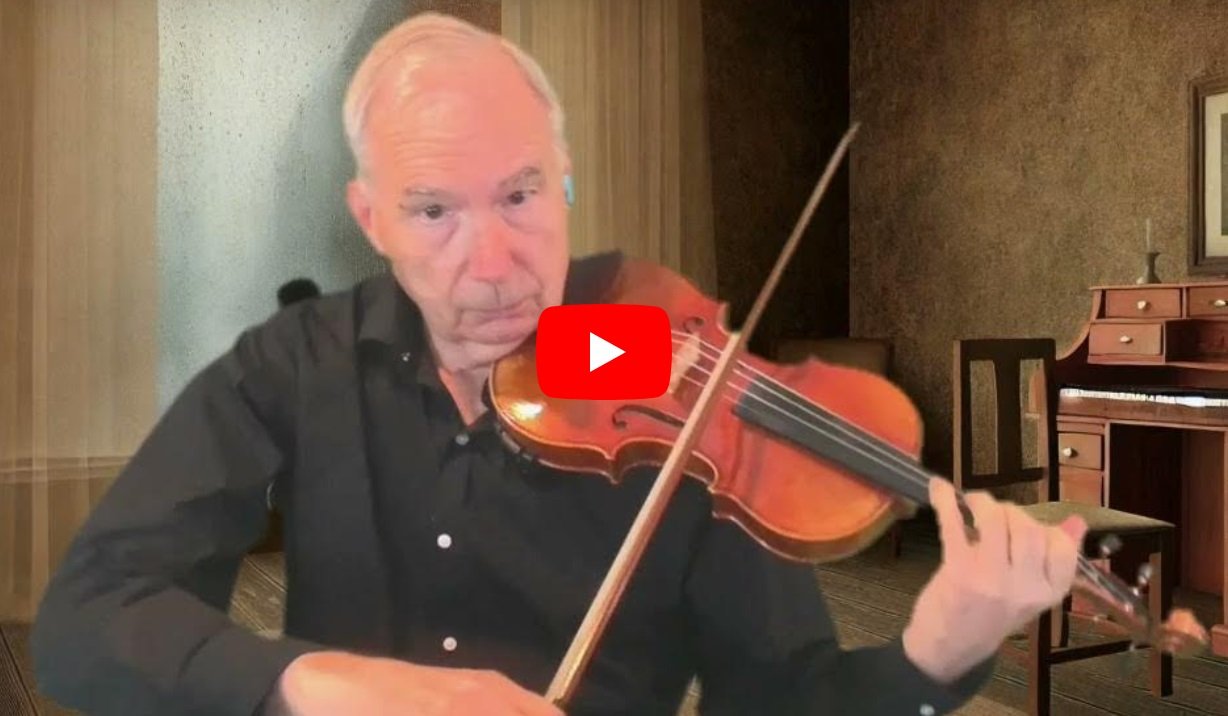This enchanting composition, popularized by the iconic American folk duo, holds a rich history that reflects both its Peruvian origins and its global appeal.
“El Condor Pasa,” meaning “The Condor Passes” in Spanish, is based on an Andean folk melody composed by Daniel Alomía Robles, a Peruvian musician and composer, in 1913. The song’s hauntingly beautiful melody and evocative lyrics captured the essence of the Andean culture and resonated with people around the world.
In 1970, Simon and Garfunkel discovered “El Condor Pasa” during a visit to Peru, where they became fascinated by its unique sound and decided to adapt it into an English-language version. Paul Simon wrote new lyrics that reflected a longing for freedom and the pursuit of dreams, adding a universal touch to the song’s message.
Simon and Garfunkel’s rendition of “El Condor Pasa” became an instant hit, reaching a wide audience and cementing the song’s place in popular culture. The duo’s trademark harmonies and acoustic guitar accompaniment added a distinct folk-rock flavor, further enhancing the emotional impact of the composition.
Through Opa’s violin interpretation of “El Condor Pasa,” he pays homage to both the Peruvian heritage of the song and Simon and Garfunkel’s enduring contribution to its global popularity. His skillful playing allows the audience to experience the soulful melodies and intricate rhythms that have made this composition a beloved favorite for decades.






